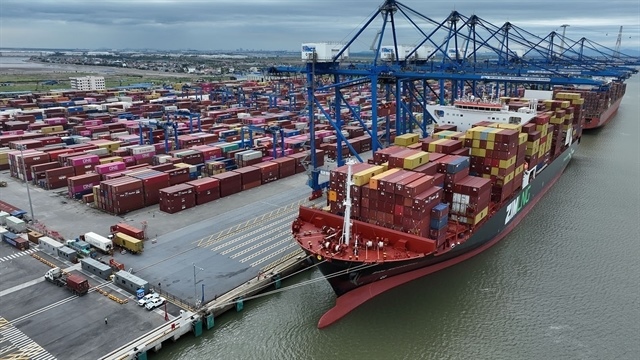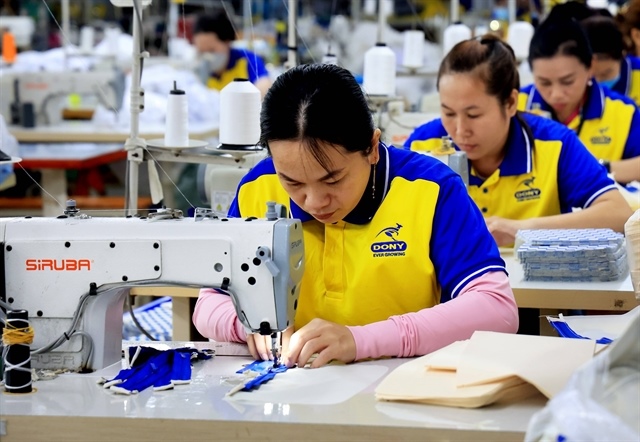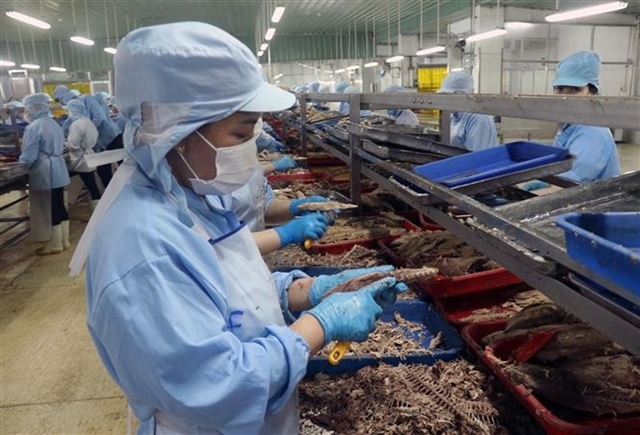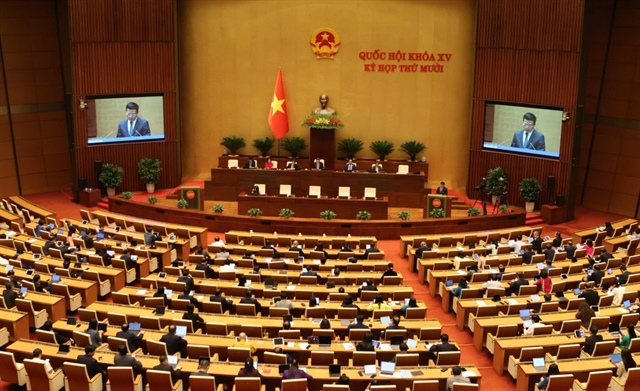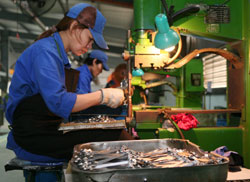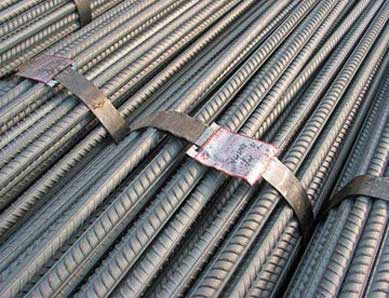The pillar of Vietnamese industries gets shaky
The pillar of Vietnamese industries gets shaky
Hundreds of mechanical engineering enterprises have shut down or announced bankruptcy so far this year. Meanwhile, mechanical engineering, for the last many years, has been considered the key industry--the pillar of the Vietnamese industries, which has been enjoying a lot of preferences.
The Tam Bac Shipbuilding Industry Company, Thanh Long Shipbuilding Industry Company, Ha Long Shipbuilding Mechanical Engineering in Hai Phong City all have to halt the production due to big difficulties.
Tran Van Quang, General Director of the Dong Anh Electric Equipment Manufacturing Corporation, has admitted that the enterprise has been operating at a moderate level because of the increasingly high inventory volume.
The lifting device fabricating factory belonging to the Quang Trung Ninh Binh Mechanical Engineering Enterprise, which was once well known as the factory developed under the state’s major mechanical engineering development program, has also bogged down in big difficulties. Dozens of cranes, both big and small, hundreds of tons of equipment serving the shipbuilding and hydropower plants have been left idle.
The Tu Thanh Company in Ha Binh Phuong Industrial Zone in Hanoi, which once sold its machines very well, now also, has to leave one production line idle, now making spare parts to the orders by clients.
According to Nguyen Van Thu, Chair of the Vietnam Association of Mechanical Industry, lacking capital is the main reason behind the problems of enterprises. Fifty percent of enterprises are lacking capital. While the enterprises in the field just can make the profits of 3-5 percent per annum, the bank loan interest rates are much higher at 17-20 percent.
In fact, mechanical engineering enterprises can borrow money at preferential interest rates as stipulated in the mechanical industry development strategy by 2020. However, in the last 10 years, only eight projects could access the preferential loans, while the interest rates were relatively high.
In 2011, for example, the Vietnam Development Bank (VDB) lent to mechanical engineering enterprises at the interest rate of 11.4 percent.
Ngo Van Tru, Deputy Director of the Heavy Industry Department under the Ministry of Industry and Trade, said that even the investors who can borrow money at zero interest rate and pay debts within 10 years, also do not want to keep production, let alone the ones who bear the interest rate of 11 percent.
Meanwhile, Bui Ngoc Huyen, General Director of Vinaxuki, an automobile manufacturer, complained that even though the Prime Minister approved the loan worth 250 billion dong with preferential interest rates in 2009, the bank has not disbursed yet so far.
No light at the end of the tunnel
The unsalability has also been cited as a main reason causing the distress to mechanical engineering enterprises. As the State has cut down public investments, while the real estate market has become frozen, machines have been left unsold and piled up in enterprises’ storehouses.
VAMI has complained that the currently applied policies have made Vietnamese enterprises inferior right in the home market. The unreasonable provisions of the 2005 Bidding Law have led to the fact that domestic enterprises cannot compete with foreigners.
The law does not include the regulations relating to the source of origin of equipments to be used in civil and industrial engineering works, and does not mention the required localization ratios of equipment. As a result, investors tend to choose the contractors who offer lowest prices.
Also according to Thu, Vietnam plans to build nearly 100 thermopower plants in the next 10 years. However, it’s still unclear if this is an opportunity for Vietnamese mechanical engineering enterprises, because they are not sure if they can win the bids to provide equipment to the projects.
vietnamnet


